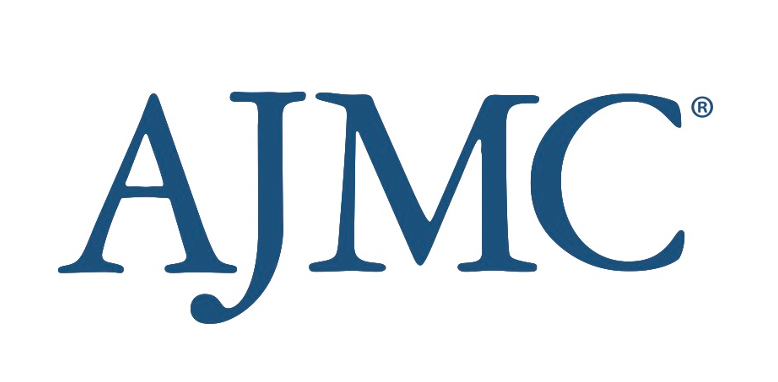News
Article
Interval Breast Cancer Risk High Despite Screening, Highlights Need for Risk-Based Approach
Author(s):
Key Takeaways
- Interval cancers, diagnosed between screenings, often present more aggressively and are linked to breast density and hormone replacement therapy.
- A study found 30% of breast cancer cases in Swedish women were interval cancers, with higher risks associated with family history and specific patient attributes.
Interval breast cancer rates have remained consistent over 30 years despite age-based screening, highlighting the need for risk-based screening strategies that account for factors like breast density, hormone replacement therapy, and family cancer history to improve early detection.
Interval breast cancer rates have remained consistent over 30 years despite age-based screening, highlighting the need for risk-based screening strategies that account for factors like breast density, hormone replacement therapy, and family cancer history to improve early detection. | Image Credit: keetazalay - stock.adobe.com

Despite decades of age-based mammography screenings, a startling 30% of breast cancers detected in Swedish women were missed, emerging between scheduled appointments, demanding a shift toward personalized, risk-based screening strategies to catch these interval cancers earlier, according to a study published in JAMA Oncology.1
Interval cancer is diagnosed between screening rounds. Mammographic screening detects breast cancer early and reduces mortality, but it misses many patients during previous screenings. Dense breasts limit mammographic screening because density independently raises breast cancer risk and obscures tumors, complicating mammogram interpretation.2
Researchers have not fully explored the incidence of interval cancer, although factors such as imaging technology, radiologist interpretation, and patient-specific attributes like breast density frequently cause missed detections during screening. Furthermore, a lack of patient and provider understanding regarding breast density's impact on mammograms may hinder the effectiveness of biennial screenings as preventative care.3
A population-based cohort study of Swedish born women who attended Stockholm mammographic screenings between 1989 and 2020 was conducted.1 These women, aged 40 to 74 years, received mammography screenings every 18 to 24 months. The study primarily examined diagnoses of interval and screen-detected breast cancer, and secondarily, analyzed all breast cancer cases to contextualize risk factor estimates.
The study diagnosed 29,049 women (5.5%) with breast cancer, with 10,631 (2%) exhibiting screen-detected cancer and 4,369 (0.8%) exhibiting interval cancer. Interval cancers showed a higher likelihood of invasive presentation, larger tumors, lymph node involvement, higher grade, higher Ki-67 proliferation index, and were more often estrogen receptor (ER)–negative, progesterone receptor–negative, and HER2-positive.
Approximately 30% of screened patients with breast cancer developed interval cancer, and this proportion decreased as patient age increased. Older age at first childbirth, higher education level, hormone replacement therapy (HRT), and higher mammographic density increase the risk of interval cancer. Obesity-related disease increases the risk of screen-detected breast cancer but decreases the risk of interval cancer. Higher mammographic density increases the risk of all breast cancer, screen-detected cancer, and interval cancer.
Family breast cancer history increases the risk of interval cancer by 1.85-fold (95% CI, 1.72-1.99). Specifically, a family history of interval cancer raises the HR to 2.92 (95% CI, 2.39-3.55), while a family history of screen-detected cancer raises it to 1.70 (95% CI, 1.44-2.01). Having a family history of hereditary breast and ovarian cancers (HBOCs) or any HBOC significantly increases the risk of interval cancer. Furthermore, family histories of ovarian, colorectal, prostate, melanoma, and testicular cancers also elevate interval cancer risk.
Women who developed interval cancers exhibited a higher likelihood of having ER–negative cancers compared with those with screen-detected cancers (22% vs 11%), and a family history of ER-negative breast cancer tripled the risk of developing ER-negative interval cancer.
Varying screening protocols prevent researchers from generalizing the study's design, which could influence the observed incidence and characteristics of interval cancer. The 2005 drug register used for HRT findings might underestimate current usage, and unavailable body mass index data forced researchers to use obesity-related disease as a proxy.
Over the past 3 decades, Sweden failed to reduce the proportion of interval cancers, and researchers identified risk factors that can better target interval cancer. Specifically, women with high breast density and HRT use experienced more missed interval cancers, necessitating improved screening sensitivity to decrease their occurrence.
“This underscores the potential necessity for more frequent or enhanced risk-based screening approaches specifically designed for women with these particular risk factors,” study authors concluded.
References
1. Zhang Y, Rodriguez J, Mao X, et al. Incidence and risk factors of interval and screen-detected breast cancer. JAMA Oncol. Published online March 27, 2025. doi:10.1001/jamaoncol.2025.0167
2. Larsen M, Lynge E, Lee CI, Lång K, Hofvind S. Mammographic density and interval cancers in mammographic screening: moving towards more personalized screening. Breast. 2023;69:306-311. doi:10.1016/j.breast.2023.03.010
3. Santoro C. Celebrating World Dense Breast Day: raising awareness and advocacy of dense breasts. AJMC®. September 23, 2024. Accessed March 27, 2025. https://www.ajmc.com/view/celebrating-world-dense-breast-day-raising-awareness-and-advocacy-of-dense-breasts





